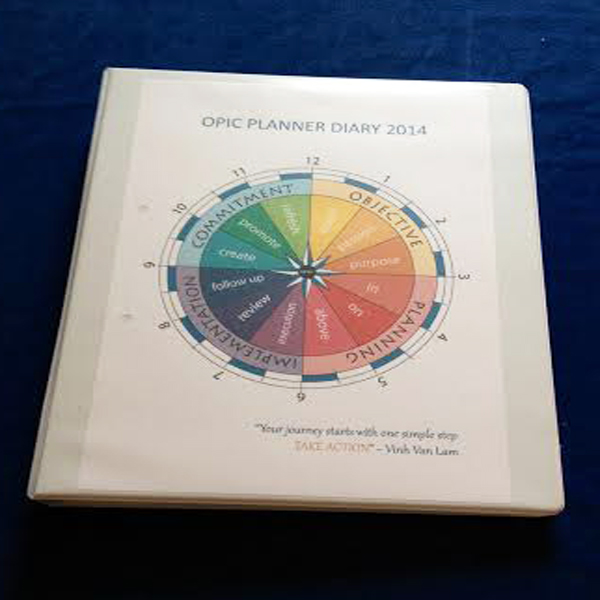First time approaching a retailer? Is your product is still new to the marketplace?
Here’s a few quick pointers that you could consider…
It’s important that you make a great first impression, and come across as professional.
1. Understand the Retailer’s target market (and your own).
Make sure to know who the retailer’s customer target market is before you approach them. And that means you need to know your own target market too, because you want to make sure that your products fit with the customer base of the retailer you intend to approach.
Your product can be the best in the market, but if you approach to the wrong store, then it doesn’t matter how great it is. Do your homework and take the time you need to educate yourself as to which stores are the right ones for you you and your product.
Visit the stores and check out their product ranges. Get to know their stores and their websites. Learn and understand their business as best you can. A retailer will definitely appreciate you knowing their current inventory and will be impressed that you’ve taken the time to better understand them and their customers.
2. Have your product info ready:
Have your product information well organized and professionally presented.
- Prepare a buyer’s kit (product kit) for retailers with the following information:
- Your own company information or personal profile.
- Your contact information.
- Your product information.
- Clear quality photos that have a clean background. It’s important that retailers can see your product and packaging. Don’t ignore this valuable step!
- Your wholesale prices and suggested retail price points.
- An order form with clear contact details.
- Clear Terms & Conditions and instructions for how to order.
- Testimonials from other retailers.
- Samples (optional).
- Media clippings, blog raves, reviews, etc, plus your own press releases (these will increase your credibility).
3. Start with a soft introduction:
Some retailers will appreciate the heads up, others won’t care. Either way, this method cannot hurt you unless you abuse their time. Remember to be short and sweet. Respect that retailers are very busy and are time poor. So keep your conversations brief yet clear so they understand who you are and what you’ll send them.
4. “The Pitch”:
Have your “sales pitch” script written, practiced, and prepared. That way you’ll be clear, professional and accurate with your information and details.
Everyone gets nervous before these types of calls. It’s normal. And even professionals who do this type of work for a living can get the jitters before a call. Nerves can sometimes get to the best of us and make us stumble beyond the few “ummms” and “aahhs” that are a normal part of conversation.
By having some clear written notes (dot points even), and some key phrases that you can use in the conversation, you’ll make sure that you can clearly describe your product, price points and why your product is the right fit for their store. That way you can leave retailers thinking that you’re ready for their business.
5. Now give the retailers some space (but not too much).
If the retailer says “no” or “not interested” then they really mean it. So respect their decisions.
It’s now up to you how you want to follow up in the future. If you still feel there is still opportunity for you both to do business later on then ask them if it’s OK to keep them on your list for updates and new product or samples.
A rejection like this isn’t forever, and it’s also a great opportunity to do some market research and find out why the retailer isn’t interested in your products. So think about some follow up questions that you can ask to better understand the market from the retailer’s point of view.
When it comes time to approach them again, and you’re you ready, make sure you approach them in a different way.
Allow them the chance to gain some confidence in your product. you can show them proof of successful past sales, retailers’ testimonials and your press or media releases. These are all great ways to entice them to buy.
Another way to encourage them to do business with you, is to offer consignment selling.
But no matter how right you think your product is for a store, and no matter how hard you try to pitch it, it’s possible some retailers just don’t want what you’re offering.
You may need to take no for an answer sometimes and have a plan B; like focus your energy to other prospective buyers.
We understand how exciting it can be for you when you have just received your very first retail account for your products. The adrenaline rush is enough to keep you going and hopefully enough to land you a few more accounts to come.
Remember, each store, each product, and each buyer is different.
There is no fool-proof plan when pitching retailers.
The best thing you can do as a designer is to have your product details well organised and professionally presented.
Make sure you feel the confidence to communicate clearly and answer all questions accurately. That way you’ll gain trust and respect.
It’s as simple as 1… 2… 3…
1. Like ArtSHINE’s Facebook page
2. Subscribe to our weekly newsletter
3. Discover ArtSHINE Coaching by taking our survey to receive a complimentary coaching session
Contact Vinh direct:
vinh@artshine.com.au , +61 0410 636 138
FREE Download 2014 OPIC Planner Diary
Limited Time !
If you want 2014 to be your most productive and hit all your goals for the year,
then you’re going to love our brand new OPIC Diary Planner.





